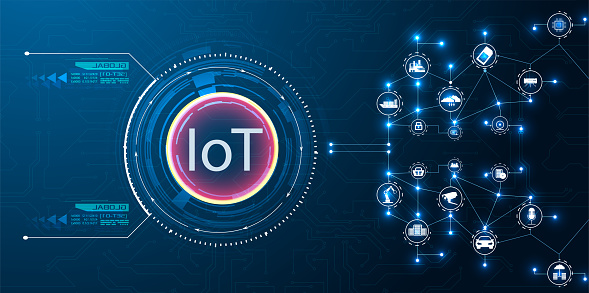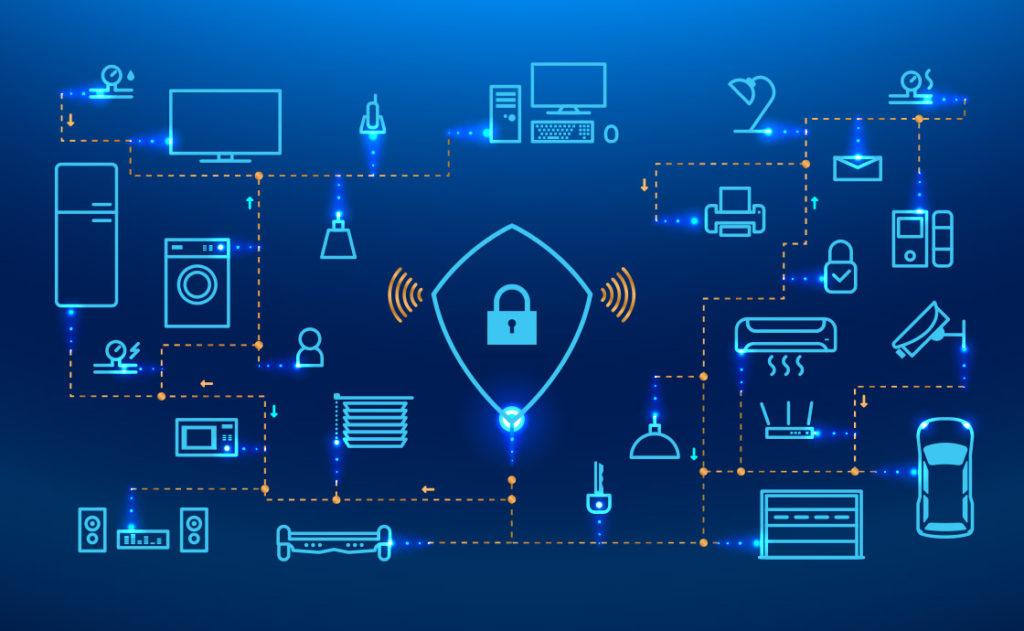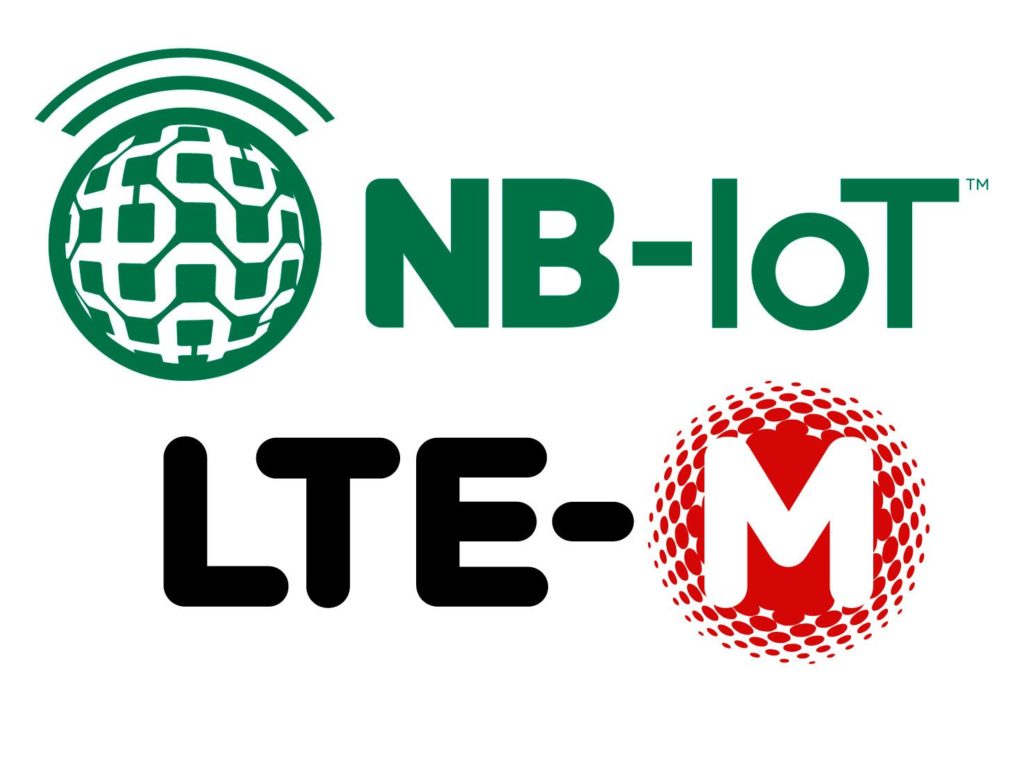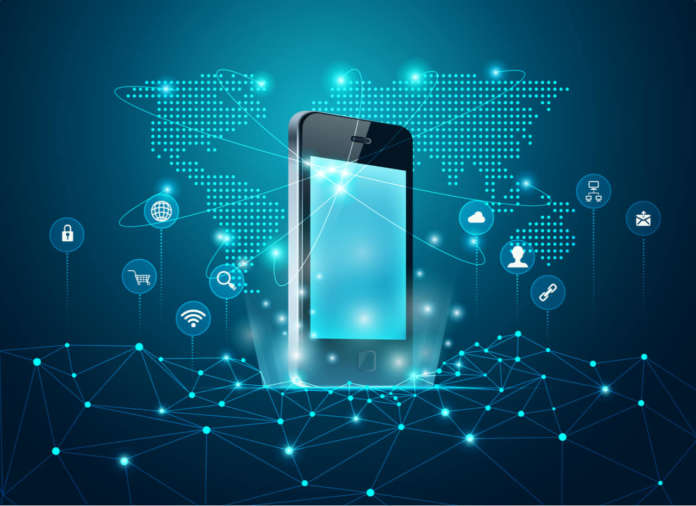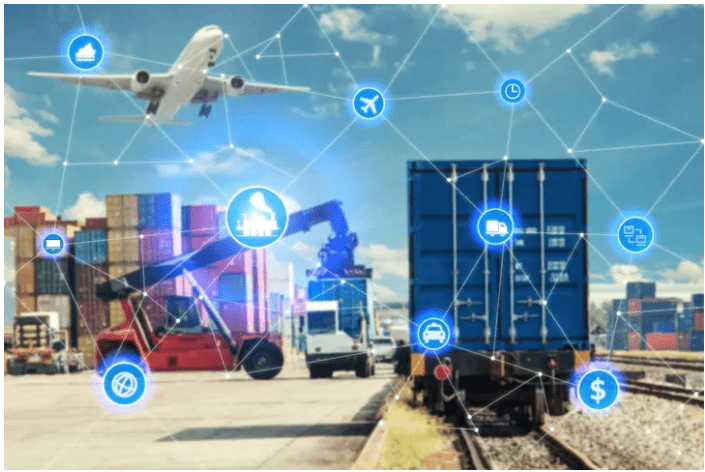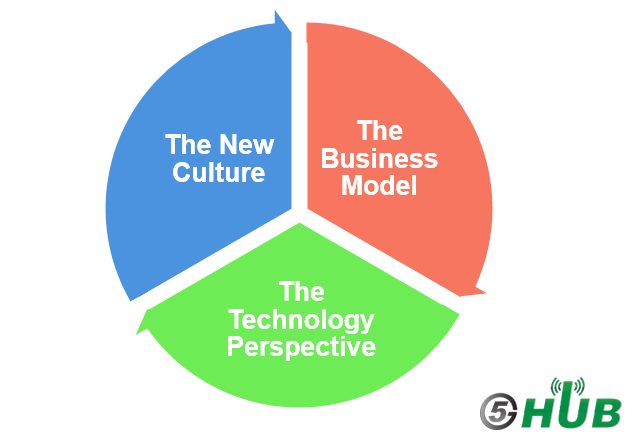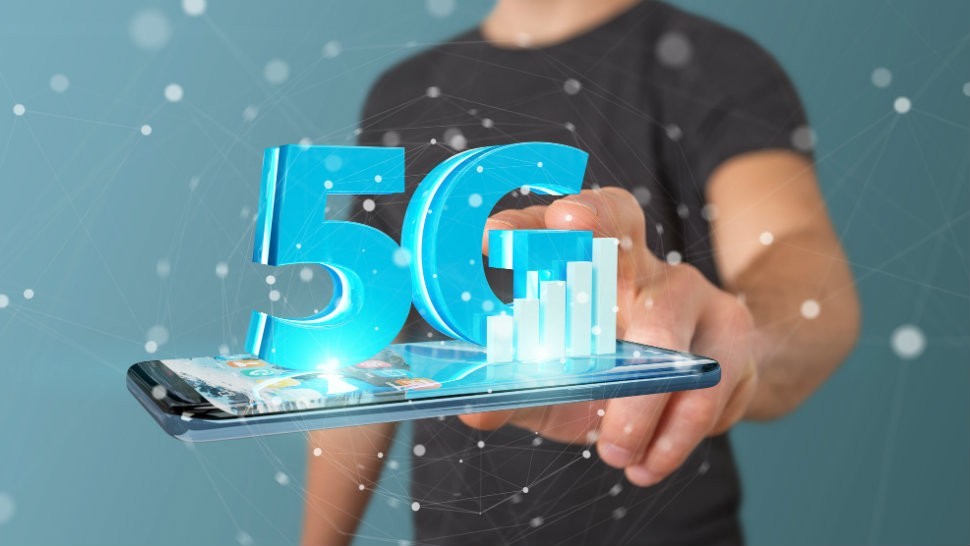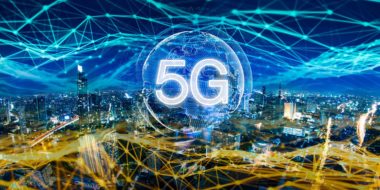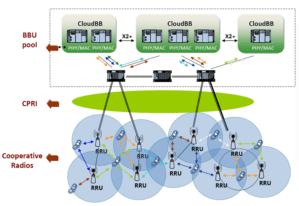Introduction
The Internet of Things may be a complex technology that’s never too far away from the business. Before starting the business discussion it’s important to take a look for an overview of how the technology works.
The term “Internet of Things” was originated by researchers at MIT in the 90s. It describes an environment where everyday devices are connected to the Internet. IoT represents a huge shift for businesses because a connected device is a significant learning and revenue opportunity. The first wave of IoT consisted of devices that could detect their own problems and schedule their own field technician calls. But things have been getting much more interesting. IoT is moving beyond efficiency and into possibility.
Although technology is an evolution, business is a revolution. So when you hear all the hype, it’s real. The Internet of Things is segmented by B2C, or business to consumer IoT, and B2B, or business to business IoT. B2C IoT is consumer IoT, where B2B IoT is commercial, industrial, and infrastructure IoT.
IoT: still a hype or becoming a reality?
Let’s check the current state of the IoT market as per Ericsson:
- The massive number of IoT connections is increased by a factor of x3 during 2019, reaching close to 100 million.
- 2019 worldwide spending on software and hardware around IoT is estimated to be around USD726 billion.
- Currently, we have around 11 billion connected devices (approximately 20 percent compound annual growth rate (CAGR).
- Most enterprises (around 66 percent) already use IoT.
When it comes to technology development, most of the components of the IoT stack are now quite advanced. There’s a wide spectrum of different connectivity technologies available, more than 500 IoT platforms in the market, and lots of development tools available. All that, coupled with the big drop in connectivity and hardware prices, has made connecting things and deploying IoT solutions much easier.
IoT Business View
The business view segments IoT into four parts:
- The software-defined product.
- The hardware-defined product.
- The network fabric.
- The external systems.
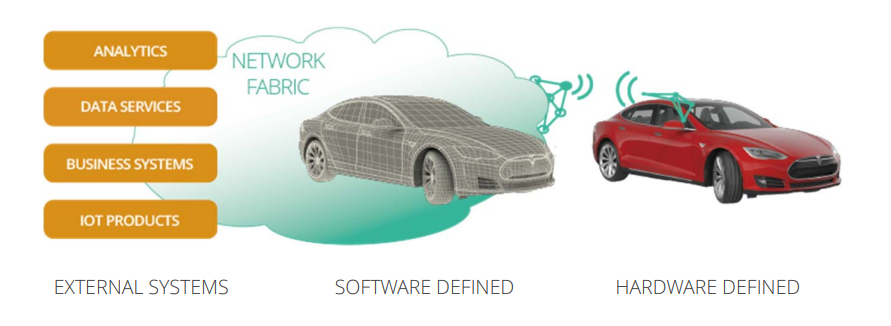
IoT System Overview
The software-defined product is where all the value is captured. It is a virtual view of the physical product. The hardware-defined product gathers internal data, it uses sensors and embedded systems to collect the data to be sent to the software-defined product. The network fabric connects together the hardware-defined product with the software-defined product and the external systems with the software-defined product. Finally, external systems provide data for IoT products.
How to Create a Value with IoT
All incremental value from an IoT product comes from transforming its data into useful information. So, IoT is an information technology, and if you look at it in one way, an IoT product is all about gathering data and then transforming it.
There are four main ways to create value with IoT, make products better, operate products better, service products better, and make new products better. Let’s discuss them one by one
Make Products Better
Two of the best ways to make products better are through innovation and invention. While efficiency and utilization are important, they don’t scale to the same effect as making something new. Through instrumentation, that is using internal sensors, IoT provides a scientific framework to discover better ways or new ways of doing something that customers already find valuable. Using the data coming directly from the product allows us to improve dramatically how the product performs.
Instrumentation and over-the-air updates allow us to improve the quality and functionality of our device, plus fix bugs and do security updates.
Operate Products Better
One of the most widely recognized benefits of the internet of things is Operational Efficiency. IoT can pick up where IT left off with much better results. IT today is now trying to extract fractions of efficiency. Where it’s not uncommon for IoT to be able to provide one, two, three, even four percentages of operational efficiency in an order of magnitude better than IT.
IoT is very effective in optimizing resources by decreasing costs and increasing output. In a smart grid, for example, we can decrease costs by reducing the number of crews that are necessary to maintain it. IoT can also increase operational efficiency by maintaining higher degrees of uptime. Once we can model the smart grid mathematically, we can anticipate problems that are going to happen to it in advance of them actually happening. This is done with predictive analytics. We can also operate products more efficiently by operating them remotely.
Going one step further, IoT allows us to operate our products autonomously. We can close the loop in so-called live models and automate them with autonomous systems and AI agents.
Service Products Better
IoT enables a full spectrum of powerful support and maintenance mechanisms that are transforming as utilization as we know it today. And there’re two approaches IoT is supporting:
The first approach is moving from reactive and proactive maintenance to preventative maintenance. Reactive maintenance is simply a problem that occurs, you react, and you fix it. Proactive maintenance means every product is on a schedule and it is maintained whether it needs to be fixed or not. Moving to IoT, we have preventative maintenance and Preventative maintenance recognizes that a problem is occurring and then tries to mitigate it. For example, if there’s a sensor on a joint and it realizes the joint is heating up, it can cool it down by spraying a jet of water on it.
The second Approach that IoT is supporting is going from onsite maintenance and support to remote maintenance and support. Similar to operation activities, IoT enables us to remotely detect and repair problems from afar. We can make remote maintenance by implement configuration from afar using so-called command and control and also update the software itself that controls the product to avoid the problem from happening. IoT also improves the efficiency of a service call needed to occur. Before service resources are dispatched to the problem, they know where the problem is, what the problem is, and the parts they need to fix it.
Make New Products Better
IoT can identify new products line through its data collection and then processing that data to discover insights invisible before. IoT is not responsible for the invention, but it supplies the information to encourage the invention.
Let take an example. In observing how the customer uses the smartwatch, let’s say that after reviewing the customer usability data, we discover that the functionality most used is that of a pedometer and that pedometer functionality is three levels down in the interface. This would tell us to move the pedometer functionality interface to the main screen. From a utility point of view, since we discovered that pedometer functionality is very popular, it would make sense that we create a pedometer product line. By capturing and using data, IoT helps us identify new products and product categories.
Monetization Opportunities with IoT
Many companies are investing in IoT, but need to have a clear plan for monetization, and determining which datasets to monetize or acquire is often complex. When planning and developing IoT solutions, monetization should be a clear goal from the start.
Companies should consider their strategic objectives, data access and control, ability to consistently collect data, and the data’s exclusivity. Functionally, this means mapping out organizational goals and developing a system to convert collected data into a value-generating business resource.
Data is aggregated and analyzed through an IoT data ecosystem — a collection of infrastructure, analytics, and applications — that turns raw data into actionable insights. Data ecosystems often involve strategic partnerships between businesses that provide related services.
There are some recommendations to get the value from IoT:
- IoT is more of a business challenge, not a technical one. The means surrounding technologies are quite developed and advanced, but monetization is a key challenge.
- Don’t separate IoT from IT and especially not from business. Don’t make IoT an isolated island.
- Stop chasing a “killer use-case” and focus more on enablement, exposure, and capabilities.
- Embrace a cloud-native and microservices-based approach and philosophy. This will offer you the agility and opportunity to open up within the ecosystem and attract developers.
- Embrace APIs and an API-first approach to any kind of development. Open up, expose your services to developers. APIs are not only an integration technology but a strategic asset. They are the key digital transformation, partnering, and ecosystem enabler.
References:
- Ericsson, IoT monetization and how CSPs can improve it.
- www.inform.tmforum.org, Three approaches to monetizing IoT.
- Monetizing the IoT White paper by zuora.com.
- How to Monetize IoT: Data Trading in the Machine Economy.
- Particle, How To Make Money in the Business of IoT

